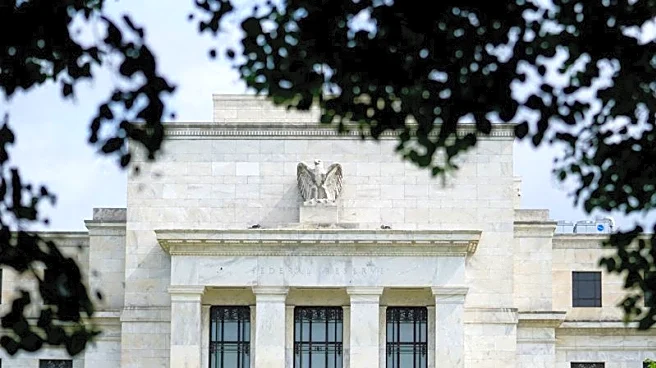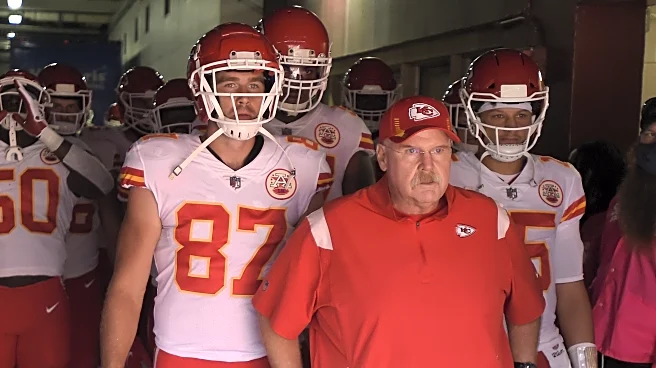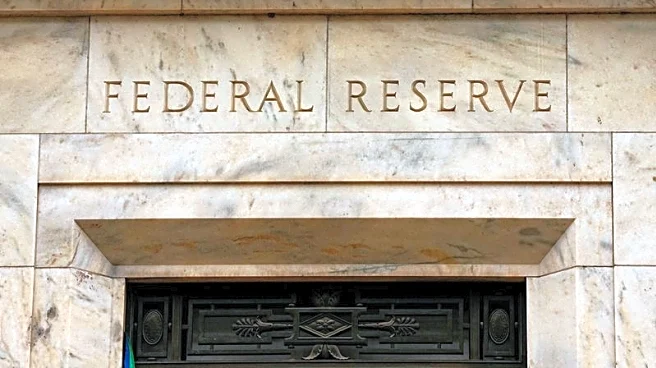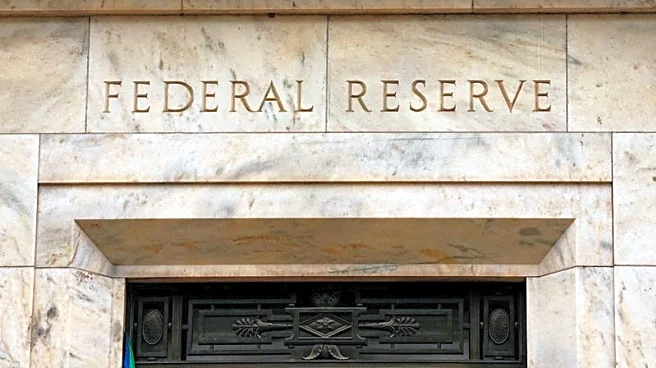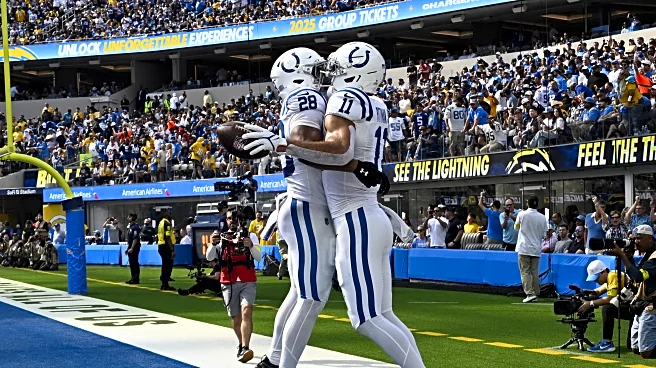WASHINGTON (Reuters) -The Federal Reserve's decision on Wednesday to lower interest rates by a quarter percentage point was met with dissenting votes by two policymakers, one favoring a larger cut and
another preferring no reduction at all, a rare example over the last few decades of multiple dissents in opposing directions.
The Federal Open Market Committee voted 10-2 to lower its policy rate to a range of 3.75%-to-4.00%. Fed Governor Stephen Miran dissented in favor of a half-percentage point reduction, while Kansas City Fed President Jeffrey Schmid dissented in favor of no reduction.
Following is a history of Federal Open Market Committee policy decisions since 1990 featuring multiple dissents, when those disagreeing with the policy decision did so for disparate reasons, with one or more favoring easier policy and one or more preferring tighter policy or some other policy outcome.
September 18, 2019
The FOMC voted 7-3 to lower rates by a quarter point.
St. Louis Fed President James Bullard dissented in favor of a half-point cut.
Boston Fed President Eric Rosengren and Kansas City Fed President Esther George dissented in favor of no cut.
December 17, 2014
The FOMC voted 7-3 to modify its forward guidance to say it 'can be patient in beginning to normalize' policy.
Minneapolis Fed President Narayana Kocherlakota dissented, saying that to communicate the intention of gradually removing accommodation created 'an unacceptable downside risk to inflation.'
Dallas Fed President Richard Fisher dissented, saying that while he agreed on being patient, a rate hike was likely to be needed sooner than the majority of the FOMC envisioned.
Philadelphia Fed President Charles Plosser dissented, saying the FOMC should not emphasize, as it did, that the new guidance was consistent with previous guidance that no rate hike would be appropriate for a "considerable time."
June 19, 2013
The FOMC voted 10-2 to leave rates unchanged near zero, restating its forward guidance signaling rates would remain exceptionally low for some time, and to continue with its large-scale quantitative easing program.
St. Louis Fed President James Bullard dissented in favor of a posture that more aggressively defended the Fed's inflation target given a run of low inflation readings.
Kansas City Fed President Esther George dissented out of concern that continued high levels of accommodation risked future imbalances and could lead to a de-anchoring of inflation expectations.
October 2, 1990
The FOMC voted 7-4 to maintain its prior policy posture but also signaled that some policy easing was likely in the future.
Fed Governor Martha Seger dissented in favor of an immediate easing of policy.
Fed Governor Wayne Angell, and Dallas Fed President Robert Boykin and Cleveland Fed President W. Lee Hoskins dissented in opposition to the easing bias included in the policy statement.
February 7, 1990
The FOMC voted 8-3 in favor of adopting a money supply growth target range of 3% to 7%.
Fed Governor Martha Seger dissented in favor a higher target range for M2 money supply growth of 3.5% to 7.5%.
Dallas Fed President Robert Boykin and Cleveland Fed President W. Lee Hoskins dissented in favor of a lower cap for money supply growth of 6%.
(Reporting by Dan Burns and Ann Saphir; Editing by Andrea Ricci)
